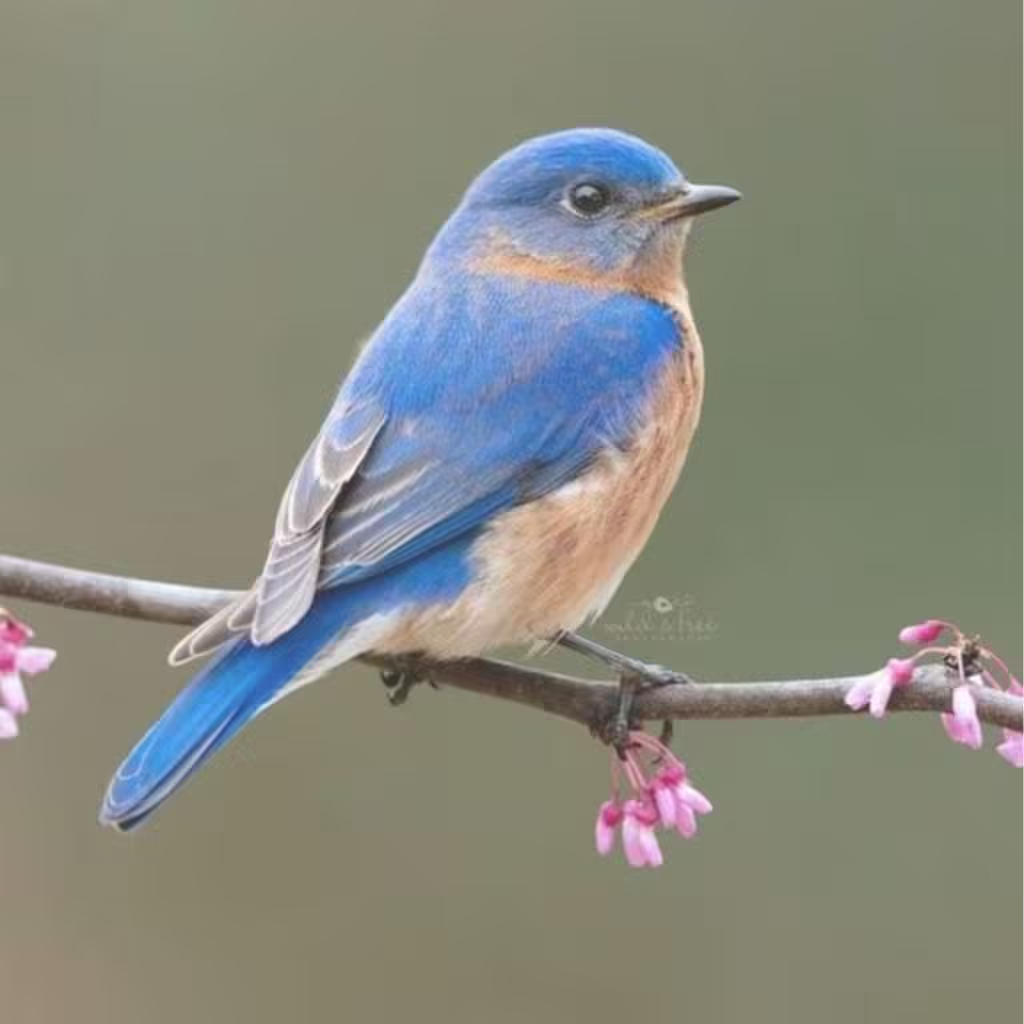
With their brilliant blue plumage and warm rusty breasts, eastern bluebirds are one of the most striking and beloved migrant birds. These cavity-nesting songbirds readily take to human-provided nesting boxes, allowing us to enjoy their beauty at close range.
If you’d like to attract eastern bluebirds to your yard, there are some specific tips and tactics that can go a long way toward making your outdoor space an inviting habitat for them. Here’s what you need to know about enticing these breathtaking birds.
Also Read: Do Purple Martins Eat Mosquitoes?
Provide the Right Kind of Housing
To interest nesting bluebirds, you need to offer them proper housing that meets their needs. Bluebirds are territorial and will compete fiercely for a high-quality nesting site. An ideal bluebird house should have these features:

- Small Entry Hole (1.5 inches diameter) to keep larger birds/predators out
- Untreated Wooden Construction for toxin-free nesting material
- Ventilation Holes Near the Top for air circulation
- Easy Open Front or Side to Allow Seasonal Cleaning
- Mounted on a Smooth Metal or PVC Pole to Prevent Predators
- Facing East to Receive Morning Sun After Cool Nights
- Located 4-6 Feet High in an Open, Visible Area
- Placed in Pairs About 100 Yards Apart for Multiple Nesting Pairs
You’ll have the most bluebird appeal with a classic-style house that has been specifically designed just for eastern bluebirds. Placing the right kind of housing is the most important first step.
Create an Inviting Habitat
Along with a quality nesting box, bluebirds need an attractive habitat with the key features they require for survival:
Low Grassy Areas – Bluebirds prefer hunting for insects in short grassy meadows and lawns. Avoid tall vegetation.
Perching Trees/Branches – They need open perching spots to scan for insects and watch over their territory.
Reliable Food Sources – Plant native plants and trees that attract the insects and berries bluebirds eat.
Fresh Water Source – A shallow, clean source of drinking and bathing water is a must during nesting season.
No Aggressive Competitors – Discourage house sparrows and European starlings which may drive bluebirds away.
Remember, bluebirds are members of the thrush family and require an open, woodland-edged environment to thrive. With a little creativity in your yard, you can provide that perfect bluebird paradise.

Make Your Yard Bluebird-Friendly
To boost your chances of becoming a bluebird landlord, implement some additional tips to increase your yard’s overall bluebird appeal:
Protect the Nesting Box – Apply predator guards and baffles to your housing to keep raccoons, snakes, and other predators out. Check boxes weekly during nesting.
Go Natural and Pesticide – Bluebirds feed insects to their young, so avoid chemicals that could contaminate this food source.
Provide Nesting Materials – Leave out pet fur, dry grass, or other soft fibrous nesting materials for bluebirds to collect.
Offer Mealworm Feeders – Nutrient-rich mealworms are an irresistible supplemental food source for bluebirds.
Create Perching Spots – Add scattered perching posts and garden ornaments to give bluebirds favorite lookout spots.
Be Patient and Don’t Give Up – It may take a few seasons for bluebirds to discover and stick with a new nesting territory.
With a few small tweaks to make your backyard bluebird-friendly, you’ll increase the chances of these stunning birds deciding to settle in as yearly seasonal residents.
Also Read: How to Keep Sparrows Out of Purple Martin Houses?

Conclusion
Watching a bluebird family take up residence then raise their bright blue babies is an enchanting experience. Their soft warbling calls and cheerful presence brighten up the entire yard. By following these tips on housing, habitat, and overall bird-friendliness, you could enjoy an up-close bluebird experience right in your backyard! Be sure to provide exactly what these dazzling songbirds need to set up their home each spring.
Pingback: Eastern Bluebird vs Western Bluebird: Know The Difference